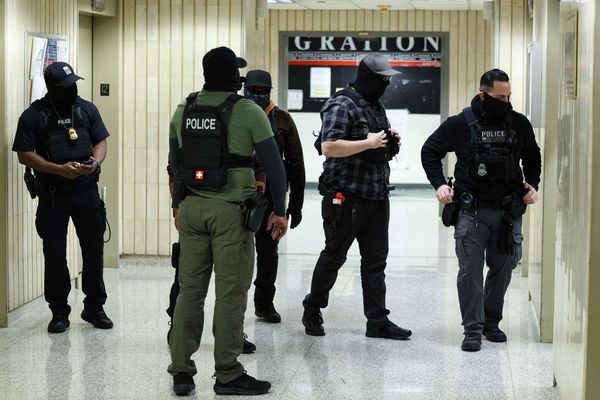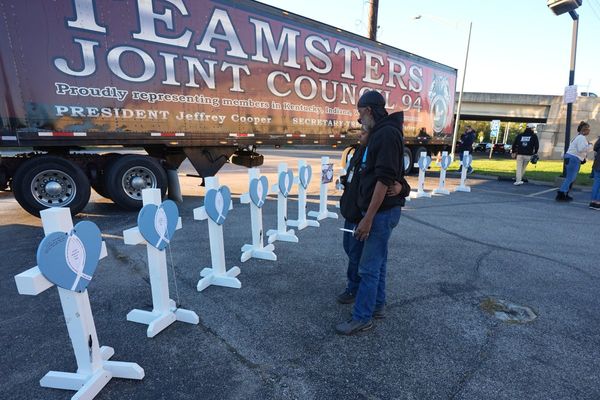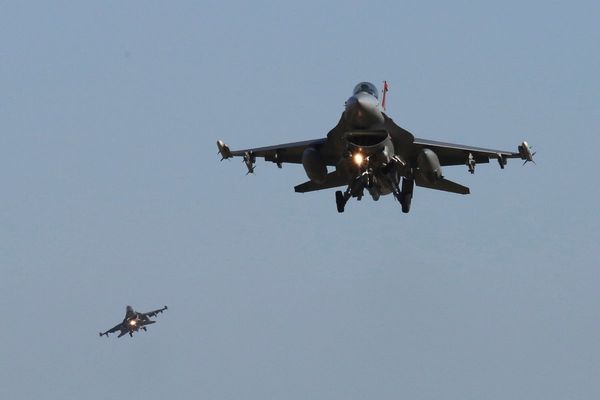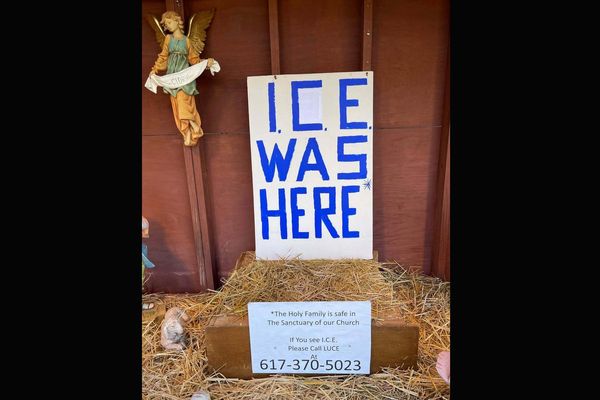TODAY is a grim anniversary. Eighty years ago, the US atomic bombings of Hiroshima and Nagasaki killed an estimated 210,000 people.
We must remember them, and the horrors endured by the hibakusha – the survivors of the bombings – who lived through the single most violent acts in human history. And in remembering today, we must also recommit to ensuring that nuclear weapons are never used again.
That begins with understanding both what happened in 1945, and what might happen if nuclear weapons are ever used again – especially in a context closer to home.
The UK’s nuclear arsenal is based on the Clyde, placing Scotland on the frontline of any future nuclear crisis involving the UK. So what would nuclear war in Scotland look like? What would be hit? Could the country survive?
The bombs dropped on Hiroshima and Nagasaki had the equivalent explosive force of 15 and 21 kilotons of TNT, respectively. These are now considered small, or “low yield” nuclear weapons.
In contrast, each of the 40 nuclear warheads currently deployed by the UK on each Trident submarine has an explosive yield of 100 kilotons – around six times more powerful than the Hiroshima bomb. The American B61-12 nuclear bombs that will be carried by the UK’s new F-35A fighter jets have variable yields of up to 50 kilotons.
It’s hard to predict who would start a nuclear war, but the UK Government considers Russia to be the most serious nuclear threat.
Since the 2022 invasion of Ukraine, Russia has repeatedly issued nuclear threats and revised its doctrine to allow the use of nuclear weapons against any “critical threat” to its sovereignty and territorial integrity.
Most of Russia’s warheads have a yield of 100 kilotons, but the second most common type ranges from 500 to 800 kilotons. That’s up to 53 times more powerful than the bomb that devastated Hiroshima.
Likely targets in Scotland include the naval base at Faslane and the nearby warhead facility at Coulport. Recently leaked Russian military nuclear training documents show plans to target Rosyth shipbuilding facilities, and RAF Lossiemouth in Moray (one of the UK’s two quick reaction air alert stations) is also a likely target.
These are what’s known as “counterforce” targets in the language of nuclear strategy – military sites to be targeted to prevent the UK from responding. If Russia adopted a “countervalue” strategy that targeted population centres too, then cities like Edinburgh, Glasgow, Aberdeen and Dundee would be at risk.
A single 800 kiloton detonation in each of those cities and aforementioned military sites could cause an estimated 836,240 deaths and more than 1.2 million injured people.
Survivors would then face radioactive fallout that would sweep across Scotland, varying in impact depending on complex factors such as the weather and the altitude of detonation.
Medical help would be scarce. Scotland’s four major trauma centres – in the same four cities above – would likely be destroyed, as would six of Scotland’s seven specialist burn units. But even if these hospitals survived, NHS Scotland only has around 13,000 hospital beds.
At the same time, essential infrastructure for things we take for granted like transport, food and water supplies, and communication would be gone, and social order would likely collapse.
While this is a staggeringly bleak picture, it is also a conservative estimate, as it is unlikely that just one warhead would be used against each place. Russia’s long-range missiles typically carry multiple independently targetable re-entry vehicles (what strategists refer to as MIRVs), meaning one missile can deploy four to 10 warheads and hit multiple locations simultaneously.
In short, the use of even just a few nuclear weapons in Scotland would be catastrophic. At a time when the UK is being put on a war footing, as arms control treaties are collapsing, and as nuclear weapon states seem increasingly content to use violence to achieve their goals, Scotland must take steps to reduce the risk of nuclear war and show leadership in making a world without nuclear weapons a reality.
We must demand diplomacy, an end to nuclear coercion and threats to unleash unparalleled violence. We must push for dialogue, renewed arms control and support serious disarmament efforts, including through the NPT, the TPNW and other bilateral/multilateral endeavours. This is the only pathway to long-term security for Scotland and for the planet. Research shows that it is largely through sheer luck, not through smart strategies or effective nuclear command and control, that we have avoided a world-ending disaster to date.
As tensions increase across the globe, our luck may be running out. Our survival demands action, and Scotland should lead the way.
Dr Rhys Crilley is reader in international relations at Glasgow University and the author of Unparalleled Catastrophe: Life And Death In The Third Nuclear Age, available now in paperback







